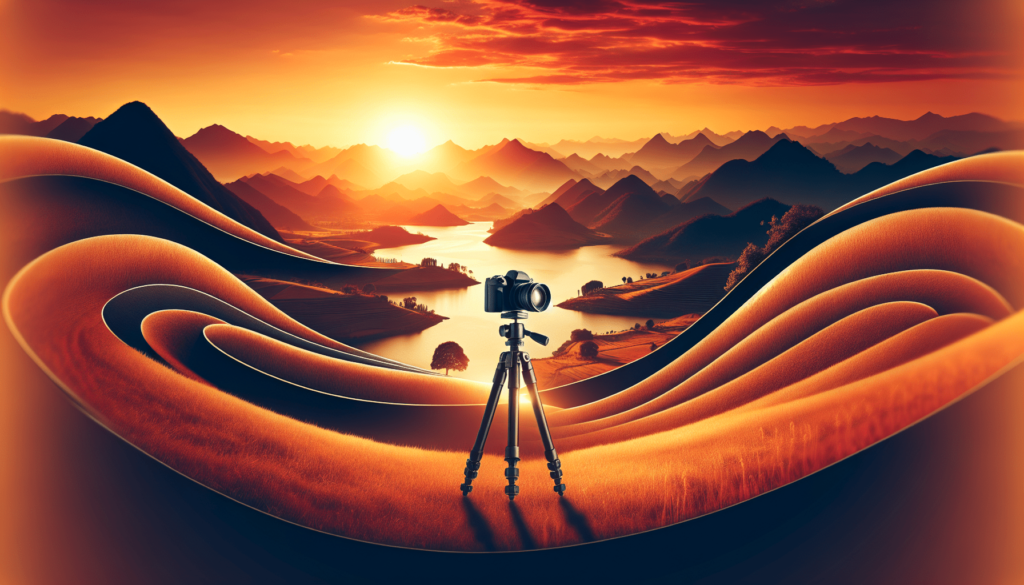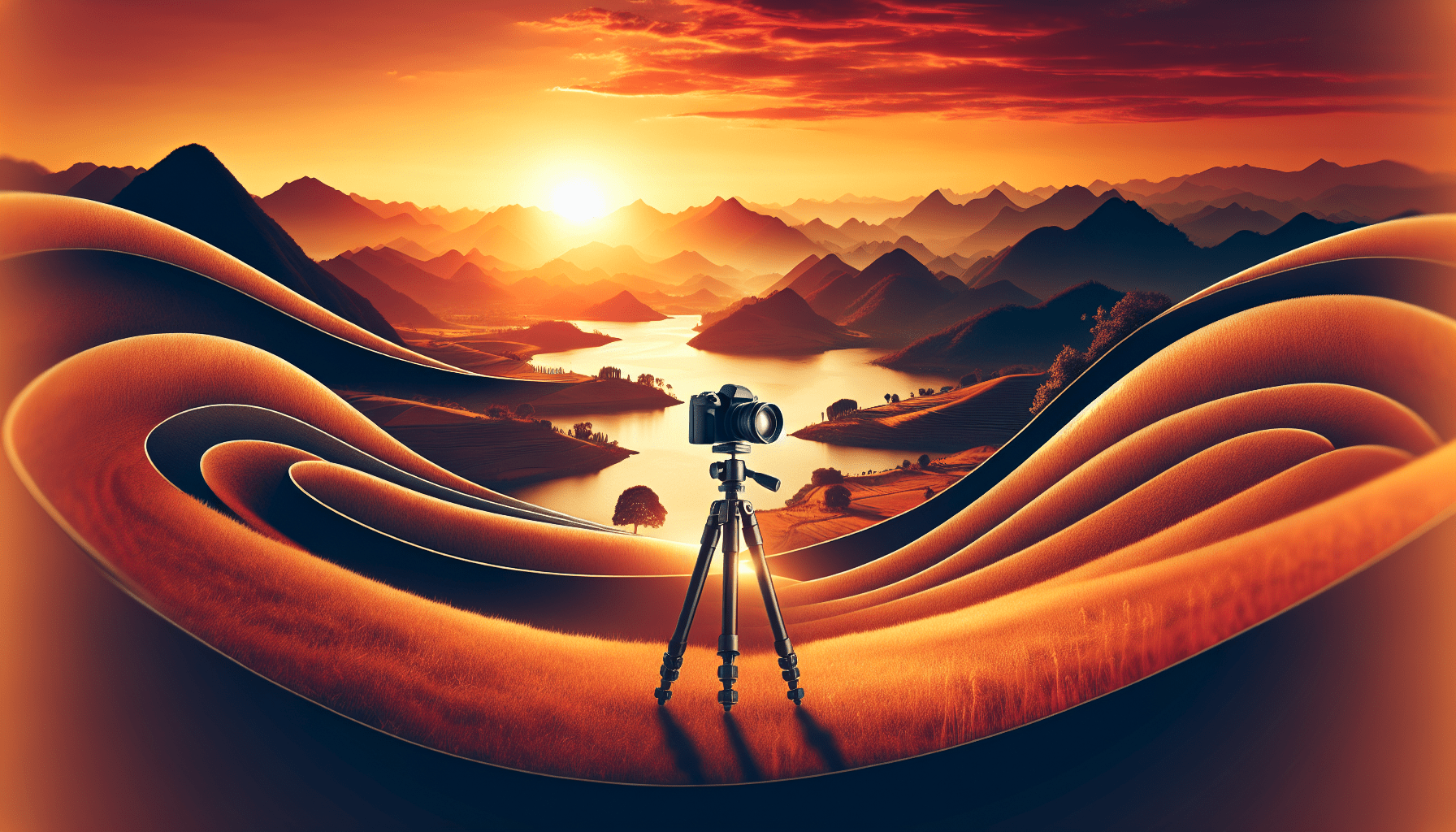What do you think makes a landscape photograph truly captivating? Is it the composition, the colors, or perhaps the emotions it conveys? Landscape photography is an exciting realm that combines artistry and technical skill. By understanding the intricacies involved, you can enhance your own landscape photography and captivate viewers with your vision of the world.

DragonfliesAndLadybugs for more.
Understanding Landscape Photography
Landscape photography goes beyond merely capturing a scene; it’s about conveying the beauty and emotion of a place. It encourages you to observe your surroundings and appreciate the intricate details of nature. It invites you to interpret landscapes in ways that resonate with both you and those who view your photographs.
Definition of Landscape Photography
At its core, landscape photography encompasses any photograph where the primary subject is nature. This can include mountains, rivers, forests, and coastlines—essentially any environment that evokes the beauty of the earth. Your photographs should aim to transport viewers to that very location, making them feel as though they are there, experiencing the moment firsthand.
History of Landscape Photography
The history of landscape photography is rich and varied. It dates back to the early 19th century, when photographers began experimenting with capturing the natural world. Notable figures such as Ansel Adams and Edward Weston utilized their skills to create iconic images that shaped the genre. You might find inspiration in their work, which highlights the delicate balance between nature and human interaction.
Essential Equipment for Landscape Photography
Having the right tools can significantly enhance your experience in landscape photography. While talent and vision are crucial, having the proper equipment ensures you can effectively capture your ideas.
Camera Choices
When it comes to cameras, there are several options available depending on your preferences. Here’s a simple breakdown:
| Camera Type | Pros | Cons |
|---|---|---|
| DSLR | High image quality, interchangeable lenses | Bulky, heavier than other types |
| Mirrorless | Lightweight, compact, excellent video quality | Fewer lens options than DSLRs |
| Point-and-Shoot | Easy to use, portable | Limited manual settings |
| Smartphone | Convenient, immediacy, apps available | Limited in quality compared to larger cameras |
Your choice should depend on your personal style and how much you plan to invest in the hobby.
Lenses for Landscape Photography
Often, landscape photographers gravitate toward wide-angle lenses. These lenses allow for expansive scenes to be captured in a single frame, which is particularly useful when you’re photographing vast landscapes. Consider the following common lens choices:
| Lens Type | Focal Length Range | Ideal For |
|---|---|---|
| Wide-Angle | 10-24mm | Large landscapes, architecture |
| Standard | 24-70mm | Versatile for most scenes |
| Telephoto | 70-200mm | Isolating subjects, compression effects |
Each lens has unique characteristics that enable you to emphasize different aspects of a landscape.
Tripods
Stability is key in landscape photography, especially in low-light situations or when capturing long exposures. A sturdy tripod will help you achieve sharp images by minimizing any shake from your camera. Look for lightweight options if you plan to hike to remote locations, ensuring you won’t be weighed down.
Mastering Composition in Landscape Photography
Composition is one of the most critical aspects of landscape photography. An invitation to view your photograph should guide the viewer’s eye and tell a story that reflects the landscape’s essence.
The Rule of Thirds
One of the simplest yet most effective compositional techniques is the rule of thirds. Imagine dividing your frame into a 3×3 grid. Placing your subject along these lines or at their intersections can create a more balanced and visually appealing composition.
Leading Lines
Utilizing natural leading lines can draw the viewer’s attention toward the focal point of your photograph. Roads, rivers, or fences can serve as excellent guides through your frame, creating depth and perspective in your images.
Foreground Interest
Including sharp foreground elements can add depth and context to your landscape. Flowers, rocks, or any texture-rich subjects can entice the viewer to peer deeper into the photograph, creating a sense of immersion.
Framing Your Shot
Using elements in your environment to frame your subject can create a natural border around it. Trees, archways, or even mountain peaks can serve this purpose, allowing your main subject to stand out while providing context in the wider scene.
Understanding Natural Light
Light is often referred to as the “soul” of photography. The way light interacts with the landscape can significantly impact the mood and tone of your photographs.
Golden Hour
The golden hour, occurring shortly after sunrise and before sunset, offers soft, warm light that beautifully illuminates landscapes. During this time, the quality of the light amplifies colors and textures, making your images more visually captivating.
Blue Hour
Conversely, the blue hour occurs just before sunrise and after sunset when the sky takes on a deep blue hue. This period can produce dramatic and ethereal images, offering a unique atmosphere that contrasts the warmth of the golden hour.
Weather Conditions
Every weather condition offers its own photographic opportunities. Overcast days can soften harsh shadows while creating a muted palette, perfect for capturing lush landscapes. Rain can enhance colors and reflectivity, often rendering the scene more dramatic and refreshing.

Post-Processing Tips
Post-processing is where you can refine your images and add your personal touch. Whether you’re using software like Adobe Lightroom or Photoshop, having a basic understanding of editing can significantly improve your photographs.
Basic Edits
Here are a few essential adjustments to consider during editing:
| Adjustment | Description |
|---|---|
| Exposure | Controls the brightness of your image |
| Contrast | Adjusts the difference between dark and light |
| Saturation | Alters the intensity of colors |
| Sharpening | Enhances the details in the image |
These fundamental adjustments can transform an already captivating shot into a striking masterpiece.
Advanced Techniques
As you become more familiar with software, you can explore advanced editing techniques such as:
- Gradient Filters: For balancing the exposure between the sky and the foreground.
- Dodging and Burning: Enhancing highlights and shadows to create more dimension.
- HSL Adjustments: Fine-tuning specific colors for greater impact.
Honing Your Skills
Improving your landscape photography skills takes practice and patience. By nurturing your passion and experimenting with different techniques, you can discover your unique voice within the genre.
Get Inspired
Engaging with fellow photographers or studying renowned landscape artists can provide fresh perspectives. Online communities and social media platforms offer vast resources where you can share your work and receive constructive feedback.
Take Your Time
Sometimes, the best approach is to slow down and genuinely observe your surroundings. Spend time in different environments, waiting for the right light or moment to capture. Patience can deeply enhance your creative process.
Keep Trying
Don’t be disheartened by less-than-perfect photographs. Every outing is an opportunity for growth. Analyze what works and what doesn’t, developing your skills further with each click of the shutter.

Finding Your Style
As you develop your skills, you’ll likely discover your own unique style and perspective. Taking the time to craft your personal approach can set your work apart from others.
Experiment with Different Techniques
Try incorporating different compositions, perspectives, or post-processing techniques. If you find yourself drawn to specific subjects, explore them more deeply. Each adventure can introduce you to new ways of seeing the world.
Document Your Journey
Consider keeping a journal or a blog to document your progress and reflect on your experiences. Not only will this help track your growth, but it may also inspire others who are on a similar journey.
Stay True to Yourself
While it’s natural to look at others for inspiration, remember to stay authentic. Trust your instincts and let your vision guide your work. Your unique perspective is what will resonate with viewers.
Challenges in Landscape Photography
Landscape photography is not without its challenges. Being prepared and adaptable can help you tackle potential obstacles.
Weather and Environment
Nature is unpredictable. Sudden storms, changing light, or unexpected wildlife encounters can threaten to derail your shoot. Being flexible and having a backup plan—like alternative locations or different times—can make all the difference.
Gear Limitations
While quality equipment can help you achieve impressive results, don’t let gear hold you back. Many successful photographers have produced incredible work with basic equipment. It’s more about how you use what you have to express your vision.
Finding the Right Location
Sometimes, discovering the perfect location can be a challenge. Researching locations, talking to locals, or finding photographic hotspots online can yield fruitful results. Your curiosity and willingness to venture into new places can lead you to breathtaking scenes to photograph.

Conclusion
Landscape photography is an enchanting art form that allows you to capture and share the beauty of the natural world. As you refine your skills, immerse yourself in nature, and remain open to inspiration, you can create images that resonate deeply with viewers.
By understanding the intricacies of composition, mastering post-processing techniques, and developing your unique style, you can elevate your landscape photography to new heights. Remember, each photograph is a reflection of your unique vision—embrace the journey, and let your creativity soar.

Comments are closed